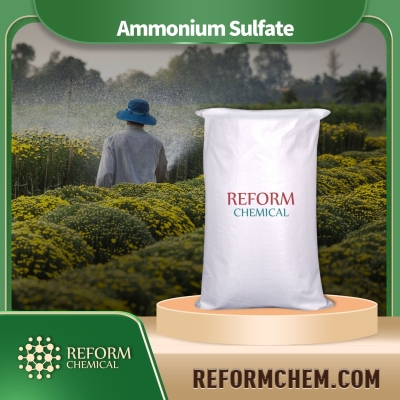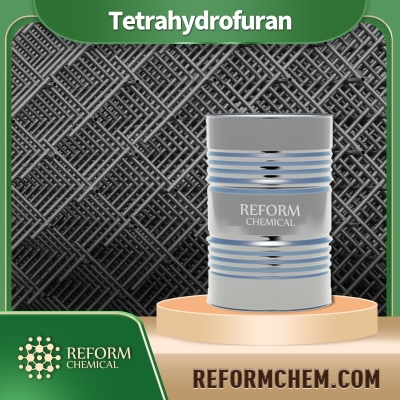-
Categories
-
Pharmaceutical Intermediates
-
Active Pharmaceutical Ingredients
-
Food Additives
- Industrial Coatings
- Agrochemicals
- Dyes and Pigments
- Surfactant
- Flavors and Fragrances
- Chemical Reagents
- Catalyst and Auxiliary
- Natural Products
- Inorganic Chemistry
-
Organic Chemistry
-
Biochemical Engineering
- Analytical Chemistry
-
Cosmetic Ingredient
- Water Treatment Chemical
-
Pharmaceutical Intermediates
Promotion
ECHEMI Mall
Wholesale
Weekly Price
Exhibition
News
-
Trade Service
As China's attention to green agriculture has gradually increased in recent years, the supervision of pesticide safety issues has become more stringent.
The direct result is that China's total pesticide production in 2016 was only a slight increase compared with 2015
.
Relevant experts predict that the market for new green biological pesticides will grow rapidly in 2017, and the demand for high-efficiency pharmaceutical equipment is booming
.
2016 is the first year of the "13th Five-Year Plan".
The 2016 Central Document No.
1 clearly stated: Promote the structural reform of the agricultural supply side.
From the perspective of the pesticide equipment market, it will be affected by the zero-growth action of pesticide use and the structural adjustment of the planting industry.
As a result, the demand for pesticide machinery products has undergone major changes in 2016
.
Affected by factors such as economic downturn, low efficiency of the planting industry, and oversupply of pesticides, the price of pesticides in 2016 fell more and rose less than in 2015
.
The prices of most pesticides have not changed significantly compared with the same period in 2015.
However, the prices of some domestic pesticides have fallen, and the prices of a few imported pesticides have increased.
The price of herbicides has fallen by about 10%.
For example, paraquat water has been retired in China.
The price of glyphosate dropped by more than 25%, the price of dicamba dropped by more than 10%, and the price of dicamba dropped by more than 15% due to the impact of the market.
The provinces have different rates of decline, ranging from 15% to 50%
.
The price index of fungicides fluctuates little and is relatively stable
.
According to the preliminary forecast statistical analysis of 31 provincial-level plant protection systems across the country, the total national pesticide demand (commodity volume) in 2017 is expected to be 920,000 tons, which is nearly 300,000 tons, which will be reduced by about 2% from 2016
.
The varieties that demand more than 10,000 tons are (in descending order): glyphosate, dichlorvos, acetochlor, copper sulfate, carbendazim, and atrazine
.
Compared with 2016, there will be fewer pesticide varieties requiring more than 10,000 tons in 2017
.
The zero-growth action of pesticides will promote the transformation of pesticide products in the direction of high efficiency, low toxicity and low residue, environmental friendliness, and safety to humans and animals.
Inefficient pesticides dominated by price advantages will gradually fade out of the market
.
With the support of the country’s vigorous development of green prevention and control policies, the use of biological pesticides will increase significantly
.
In addition, the upgrading of plant protection equipment will be accelerated
.
It is expected that in 2017, the demand for knapsack manual sprayers will continue to decline, and knapsack electric and power sprayers will gradually replace knapsack manual sprayers
.
It is expected that large and medium-sized pesticide application machinery will continue to grow in 2017, and specialized cooperative organizations and new business entities will become the main purchasing force
.
China's re-implementation of a new round of animal and plant protection projects in 2017 will surely provide a good opportunity for the replacement of China's plant protection machinery
.
The direct result is that China's total pesticide production in 2016 was only a slight increase compared with 2015
.
Relevant experts predict that the market for new green biological pesticides will grow rapidly in 2017, and the demand for high-efficiency pharmaceutical equipment is booming
.
2016 is the first year of the "13th Five-Year Plan".
The 2016 Central Document No.
1 clearly stated: Promote the structural reform of the agricultural supply side.
From the perspective of the pesticide equipment market, it will be affected by the zero-growth action of pesticide use and the structural adjustment of the planting industry.
As a result, the demand for pesticide machinery products has undergone major changes in 2016
.
Affected by factors such as economic downturn, low efficiency of the planting industry, and oversupply of pesticides, the price of pesticides in 2016 fell more and rose less than in 2015
.
The prices of most pesticides have not changed significantly compared with the same period in 2015.
However, the prices of some domestic pesticides have fallen, and the prices of a few imported pesticides have increased.
The price of herbicides has fallen by about 10%.
For example, paraquat water has been retired in China.
The price of glyphosate dropped by more than 25%, the price of dicamba dropped by more than 10%, and the price of dicamba dropped by more than 15% due to the impact of the market.
The provinces have different rates of decline, ranging from 15% to 50%
.
The price index of fungicides fluctuates little and is relatively stable
.
According to the preliminary forecast statistical analysis of 31 provincial-level plant protection systems across the country, the total national pesticide demand (commodity volume) in 2017 is expected to be 920,000 tons, which is nearly 300,000 tons, which will be reduced by about 2% from 2016
.
The varieties that demand more than 10,000 tons are (in descending order): glyphosate, dichlorvos, acetochlor, copper sulfate, carbendazim, and atrazine
.
Compared with 2016, there will be fewer pesticide varieties requiring more than 10,000 tons in 2017
.
The zero-growth action of pesticides will promote the transformation of pesticide products in the direction of high efficiency, low toxicity and low residue, environmental friendliness, and safety to humans and animals.
Inefficient pesticides dominated by price advantages will gradually fade out of the market
.
With the support of the country’s vigorous development of green prevention and control policies, the use of biological pesticides will increase significantly
.
In addition, the upgrading of plant protection equipment will be accelerated
.
It is expected that in 2017, the demand for knapsack manual sprayers will continue to decline, and knapsack electric and power sprayers will gradually replace knapsack manual sprayers
.
It is expected that large and medium-sized pesticide application machinery will continue to grow in 2017, and specialized cooperative organizations and new business entities will become the main purchasing force
.
China's re-implementation of a new round of animal and plant protection projects in 2017 will surely provide a good opportunity for the replacement of China's plant protection machinery
.






